We wanted take a moment and share this update from our friends at the NC Department of Health and Human Services.
Good morning partners!
Please find below the latest NC COVID-19 response updates.
- NCDHHS Updates Guidance on Who Should Be Tested
- NCDHHS Shares Health Guidance to Re-Open Public Schools
- New Testing and Contact Tracing Resources Available to Slow the Spread of COVID-19
- New Toolkit Available to Locate Testing Sites, Promote the 3 W’s and Answering the Call
- NCDHHS Launches Campaign to Reach Historically Marginalized Populations about COVID-19
- Executive Order 143 Addresses Uneven Impact of COVID-19 on Communities of Color
- NC Pandemic Recovery Office Disburses Funds to Support Local Responses to the Virus
NCDHHS Updates Guidance on Who Should Be Tested
The North Carolina Department of Health and Human Services (NCDHHS) released updated guidance for doctors and clinicians on who should be tested for COVID-19. The state is focused on rapidly increasing testing of people who may not currently have symptoms, but may have been exposed to COVID-19, especially people from historically marginalized populations who have been disproportionately impacted by COVID-19. To support testing in populations being hit hardest by COVID-19, NCDHHS also has a new resource available, COVID-19 Community Testing in Historically Marginalized Populations: Best Practices.
NCDHHS Shares Health Guidance to Re-Open Public Schools
New health guidelines were released on June 8 to help North Carolina K-12 public schools find a safe way to open to in-person instruction for the 2020-21 academic year. The StrongSchoolsNC Public Health Toolkit (K-12) lays out a comprehensive set of baseline health practices that public schools should follow to minimize risk of exposure to COVID-19 for students, staff, and families. In addition to specific requirements, the Toolkit recommends practices that schools should implement to minimize spread of COVID-19 while allowing in-person teaching to resume. “Opening schools will be possible if we keep working together to slow the spread of COVID-19. We will each need to do our part and practice the 3 Ws – Wear a cloth face covering. Wait six feet apart. Wash your hands frequently. These easy actions will have outsized impact in keeping viral spread low to in order to help get our children back to school,” said Cohen. Read more.
NCDHHS Launches Testing and Contact Tracing Resources to Help Slow the Spread of COVID-19 in North Carolina
On June 4, NCDHHS launched two new online tools to help North Carolinians determine if they need to be tested, and if so, to find a nearby testing place. Check My Symptoms (ncdhhs.gov/symptoms) helps those who feel uncertain about whether they should get tested. Find My Testing Place (ncdhhs.gov/testingplace) is a resource for anyone who needs to locate a testing site. “These new COVID-19 testing tools and resources help North Carolinians have the support and information they need to take care of themselves and their loved ones,” said NCDHHS Secretary Mandy Cohen, M.D. “When more people get tested, and we all work alongside the COVID-19 Community Team to do our part with contact tracing, we can protect our loved ones and slow the spread of the virus.”
NCDHHS Releases Toolkit to Locate Testing Sites, Promote the 3 W’s and Answering the Call
DHHS is now providing social media resources and flyers—all available in English and Spanish—to help get out the word about North Carolina’s ongoing efforts to expand testing and contact tracing. Please share these resources and note that the Check My Symptoms flyers have an additional option to add an organization’s logo and branding information! Find these resources at the links below:
-
Check Your Symptoms: Social Media Posts/Images and Flyers
-
Answer the Call: Social Media Posts/Images and Flyers
-
Know Your W’s: Social Media Toolkit, Flyers, and Video PSAs
NCDHHS Launches Campaign to Reach Historically Marginalized Populations about COVID-19
African Americans and LatinX/Hispanic communities make up a disproportionate number of North Carolina’s COVID-19 laboratory confirmed cases and deaths. The North Carolina Department of Health and Human Services is using radio and video messages to reach historically marginalized populations to share important messages about reducing risks for COVID-19. These messages are part of the Department’s focus during the COVID-19 response to address the underlying causes of long-standing health disparities impacting communities of color across North Carolina. “These disparate outcomes need to be called out – and addressed. In addition to the actions we are taking to reverse these trends, we need to be sure that our communities of color are getting the information they need to protect themselves and their loved ones. I am so appreciative to partner with these prominent and trusted leaders,” says Dr. Michelle Laws, Assistant Director for the Division of Mental Health, Developmental Disabilities and Substance Abuse Services and co-lead of the NCDHHS COVID-19 response team focused on historically marginalized populations. You can find and view our PSAs at our YouTube page.
Gov. Cooper Signs Executive Order 143 to Address Disproportionate Impact of COVID-19 on Communities of Color
On June 4, Governor Roy Cooper signed Executive Order 143 to address the social, environmental, economic, and health disparities in communities of color that have been exacerbated by the COVID-19 pandemic. The Order establishes the Andrea Harris Social, Economic, Environmental, and Health Equity Task Force to focus on economic stability, health disparities, and environmental justice in North Carolina, which will work to ensure all communities have access to COVID-19 testing and related health care, and to ensure the equitable distribution of pandemic relief funds.
NC Pandemic Recovery Office Disburses Funds to Support Local Responses to the Virus
On May 26 Governor Cooper announced that $85.4 million in federal funds provided for COVID-19 relief to counties would be disbursed by the end of May. Three large counties, Guilford, Mecklenburg and Wake, had already received funds directly from the federal government, and 59 other counties that have completed certification subsequently received funds from the state-administered Coronavirus Relief Fund (CRF) that was passed by Congress. “Everyone is working hard to make ends meet, including county governments as they finalize their budgets,” Governor Cooper said. “These funds will help communities respond to the COVID-19 crisis with testing, personal protective equipment and more.” The unanimously approved and bipartisan budget included $150 million for counties which have the flexibility to share monies with their municipalities as county commissioners deem appropriate. The full distribution of funds is listed here by county, along with instructions to counties about how the funds may be used.
Thanks so much for all you do each and every day!
Tara K. Myers, MS, CPM
Deputy Secretary for Human Services
NC Department of Health and Human Services


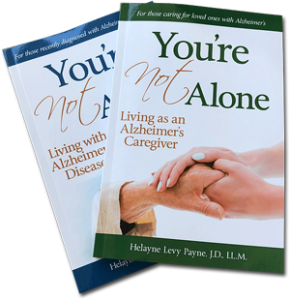




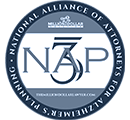
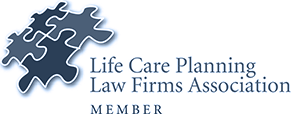



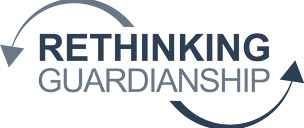
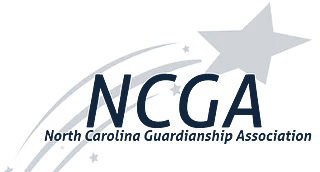
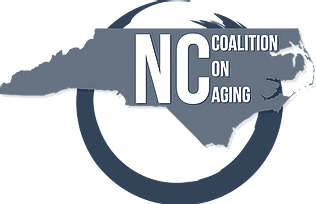







0 comments